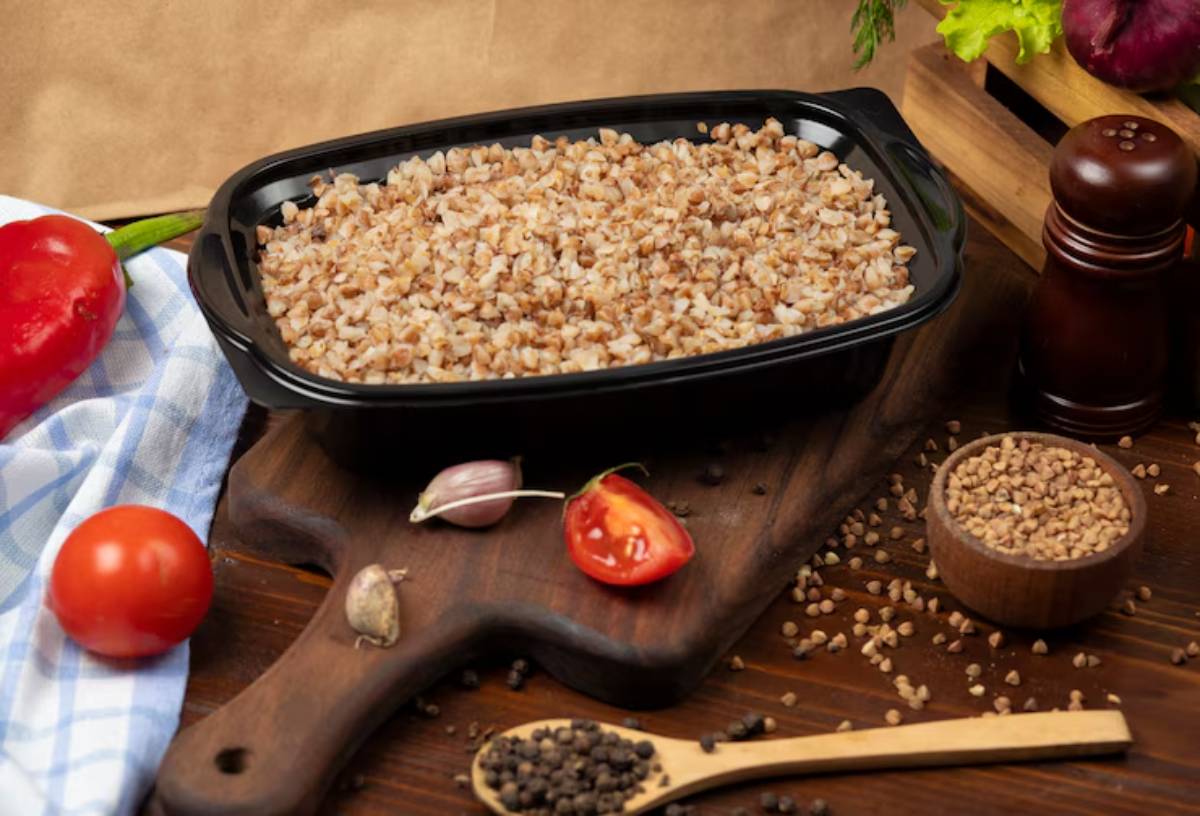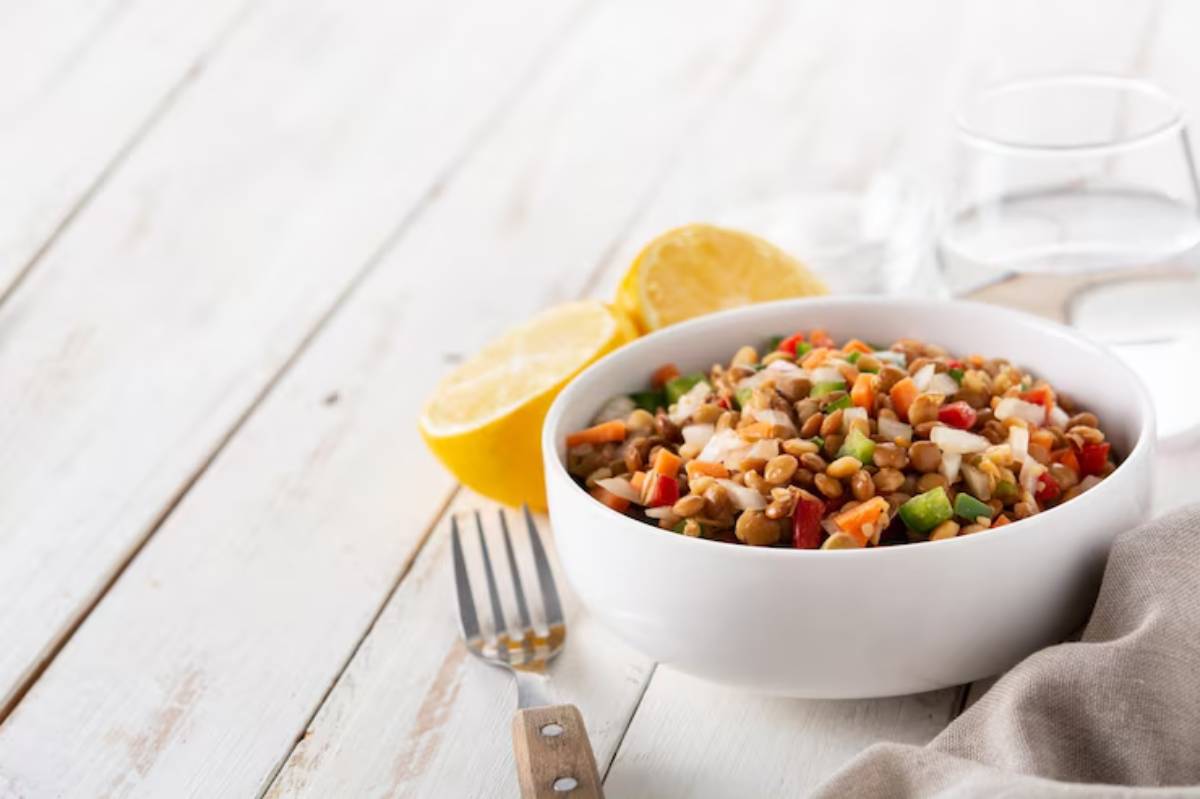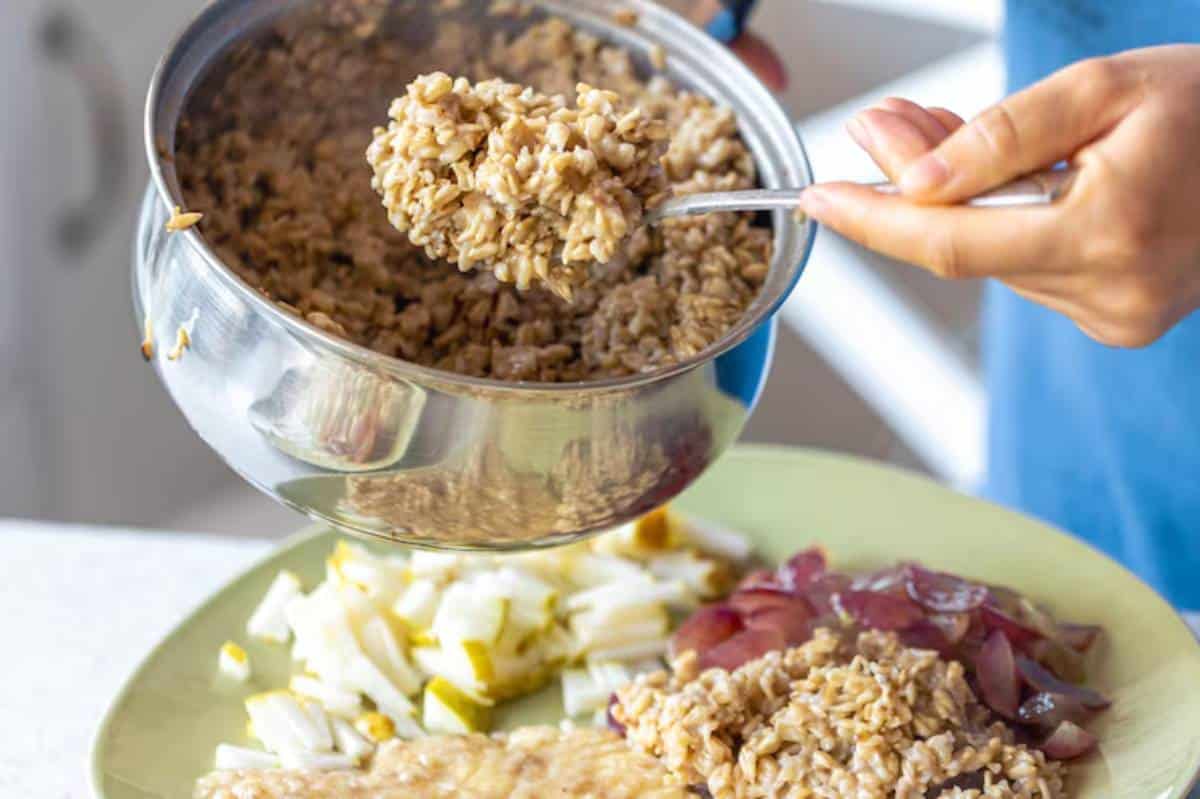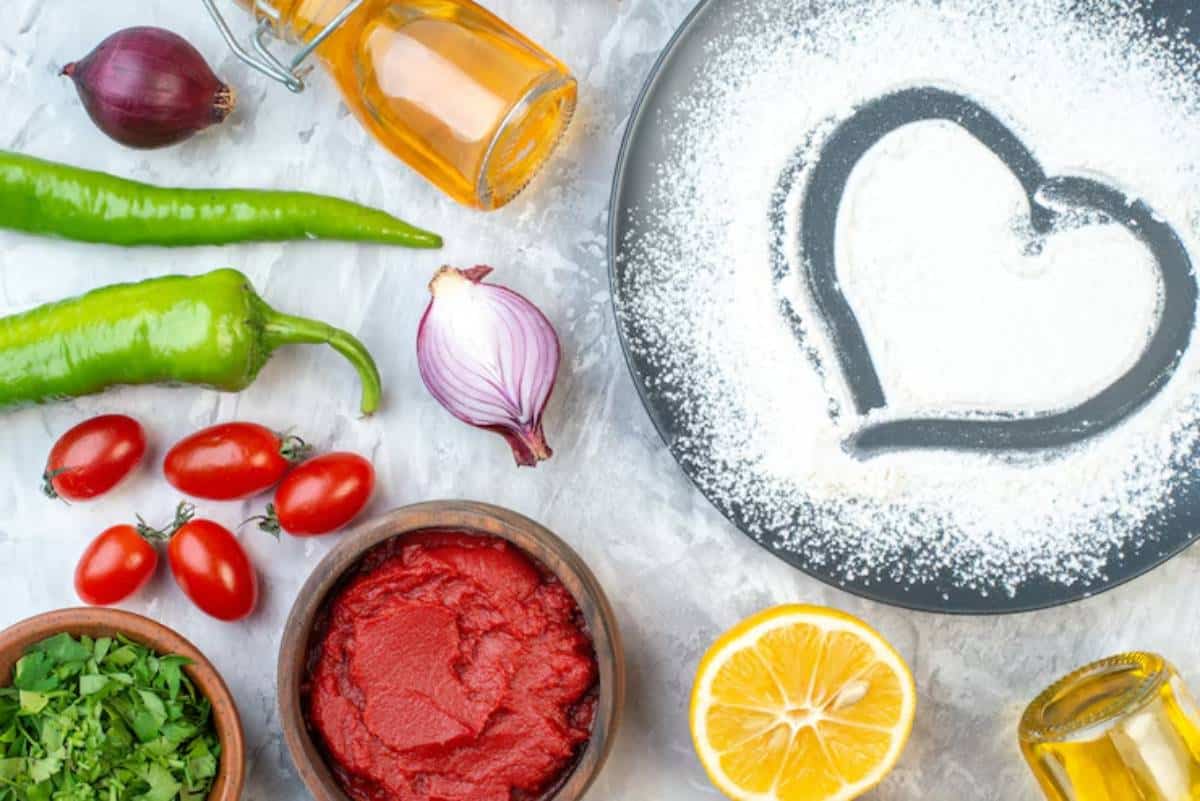
Top Whole Grains to Use in Mediterranean Meals
When you think of the Mediterranean diet, images of olive oil, fresh vegetables, and vibrant herbs probably come to mind. But nestled at the heart of this time-tested way of eating is another unsung hero: whole grains. From bulgur in tabbouleh to farro in rustic soups, whole grains form the comforting, fibre-rich foundation of many traditional dishes across the region.
Eating Mediterranean whole grains isn’t just about taste and texture — it’s a powerful way to support long-term health. These grains are linked to lower rates of heart disease, better blood sugar control, improved digestion, and healthy weight management.
In this guide, we’ll explore a comprehensive list of healthy grains commonly used in Mediterranean meals, their health benefits, cooking tips, and how to incorporate them into easy, everyday dishes. You’ll learn why these grains have stood the test of time and how you can make them a regular part of your diet.
What Makes a Grain “Whole”?
The Whole Truth
Whole grains contain all three parts of the grain:
- Bran: Fibre-rich outer layer
- Germ: Nutrient-packed core
- Endosperm: Starchy middle
Refined grains remove the bran and germ, stripping away fibre and essential nutrients. Whole grains are minimally processed, making them the superior choice for long-lasting energy and nutritional value.
Health Benefits of Whole Grains
- High in fibre: Aids digestion and lowers cholesterol
- Supports satiety: Keeps you full longer
- Balances blood sugar: Slower digestion of carbs
- Promotes heart health: Associated with reduced risk of cardiovascular disease(Why the Mediterranean Diet Supports Cardiovascular disease)

Top Mediterranean Whole Grains You Should Know
1. Bulgur
Origin: Eastern Mediterranean and Middle Eastern cuisine
What It Is: Pre-cooked, cracked wheat kernels
Health Highlights:
- Low glycaemic index
- High in fibre and manganese
Popular Dishes: Tabbouleh, kibbeh, pilafs
Cooks in under 10 minutes with just boiling water
2. Farro
Origin: Italy, particularly Tuscany
What It Is: Ancient wheat grain with a nutty flavour and chewy texture
Health Highlights:
- High in protein and fibre
- Rich in magnesium and zinc
Popular Dishes: Farro salad, soups, grain bowls
Soak for 30 minutes before cooking to reduce time and enhance texture
3. Barley
Origin: Widely used across the Mediterranean basin
What It Is: A hearty grain with a slightly chewy texture
Health Highlights:
- Excellent for lowering cholesterol (thanks to beta-glucans)
- A great source of selenium and B vitamins
Popular Dishes: Barley risotto, soups, roasted vegetable bowls
Note: Use hulled barley (not pearl) for full health benefits
4. Freekeh
Origin: Levantine and North African cuisines
What It Is: Young green wheat roasted and cracked
Health Highlights:
- High in protein and fibre
- Prebiotic properties for gut health
Popular Dishes: Freekeh pilaf, grain salads, stuffed vegetables
Toast slightly before boiling to enhance nutty flavour
5. Whole Wheat Couscous
Origin: North Africa
What It Is: Granules of durum wheat semolina
Health Highlights:
- Quick-cooking whole grain alternative
- High in selenium and plant-based iron
Popular Dishes: Couscous bowls, stews, and salads
Speed Hack: Steams in 5 minutes; perfect for weeknights
6. Brown Rice
Origin: Pan-Mediterranean usage (especially Spain and Greece)
What It Is: Unpolished rice with the bran and germ intact
Health Highlights:
- Good source of magnesium and B vitamins
- Gluten-free and easy to digest
Popular Dishes: Paella (alternative version), stuffed peppers, pilafs
Let rest after cooking to absorb remaining moisture
7. Millet
Origin: North African and Eastern Mediterranean cuisines
What It Is: Small, round grain with a slightly sweet taste
Health Highlights:
- Rich in phosphorus and magnesium
- Naturally gluten-free
Popular Dishes: Millet porridge, tabbouleh, and side dishes
Bonus: Toast before cooking for a nuttier taste
8. Quinoa (Mediterranean-adopted)
Origin: South America, but widely adopted in Mediterranean-style cooking
What It Is: Technically a seed, but treated as a grain
Health Highlights:
- Complete protein (contains all 9 essential amino acids)
- Gluten-free and rich in antioxidants
Popular Dishes: Grain bowls, salads, tabbouleh, patties
Rinse thoroughly before cooking to remove bitterness (saponins)
How to Cook Whole Grains Perfectly
General Cooking Guidelines
| Grain | Ratio (Water:Grain) | Cook Time |
|---|---|---|
| Bulgur | 2:1 | 10 min |
| Farro | 2.5:1 | 25–35 min |
| Barley | 3:1 | 40–60 min |
| Freekeh | 2.5:1 | 20–30 min |
| Couscous | 1.5:1 | 5 min |
| Brown Rice | 2:1 | 45 min |
| Millet | 2:1 | 20 min |
| Quinoa | 2:1 | 15 min |
Get a Better Texture
- Rinse grains before cooking to remove dust or bitterness
- Let grains rest covered for 5–10 minutes after cooking
- Fluff with a fork to avoid clumping
- Season with salt, herbs, and olive oil

Easy Mediterranean Whole Grain Recipes
1. Mediterranean Farro Salad
- Farro, cherry tomatoes, cucumber, feta, parsley, olive oil, lemon
Why It Works: Bright, hearty, and ideal for meal prep
2. Bulgur Tabbouleh
- Bulgur, parsley, mint, tomato, cucumber, lemon juice, olive oil
Tip: Chill before serving for the best texture and flavour
3. Barley and Chickpea Soup
- Barley, carrots, chickpeas, celery, garlic, tomato broth
Nutrition Note: A full meal rich in protein and fibre
4. Freekeh-Stuffed Peppers
- Freekeh, tomatoes, onion, herbs, stuffed into bell peppers and baked
Meal Tip: Works as a main or hearty side
5. Quinoa Tabbouleh
- Swap bulgur with quinoa for a gluten-free variation
Bonus: Add roasted red peppers or olives for variety
6. Brown Rice Pilaf with Herbs
- Brown rice, dill, parsley, lemon zest, onion
Great With: Grilled fish or falafel
Weekly Whole Grain Mediterranean Meal Plan
Monday: Farro salad with feta and olives
Tuesday: Bulgur tabbouleh + lentil soup
Wednesday: Brown rice pilaf + baked cod
Thursday: Quinoa bowl with grilled veggies and tahini sauce
Friday: Freekeh-stuffed aubergines
Saturday: Barley-chickpea soup + crusty bread
Sunday: Millet porridge with nuts and honey for brunch
Conclusion: Make Whole Grains Your Mediterranean Mainstay
Whole grains are more than just a healthy carb — they’re a flavourful, nourishing anchor to your Mediterranean plate. Packed with fibre, vitamins, and minerals, they help you stay full, energised, and balanced throughout the day.
By embracing a wider variety of Mediterranean whole grains, you can add depth, colour, and nutrition to every meal. With so many grains to choose from and easy recipes to try, the only question left is: which one will you cook first?
Want more wholesome ideas? Explore how to cook dried legumes the Mediterranean way to complement your grains with protein-packed pulses.


